From a recent DPR post:
I view every GFX file at 1:1 and if it is not sharp, it gets instantly deleted.
Fealty to the God of Sharpness is getting out of hand. Not that there’s anything wrong with a sharp image, if sharpness is what’s needed to make the image a success. But sharpness is not a good thing in and of itself, and is totally unnecessary for many images. And then there’s the evil Goddess of Oversharpening, who seems to continue to gain adherents.
Here are some of my images that I consider successes and are deliberately soft.


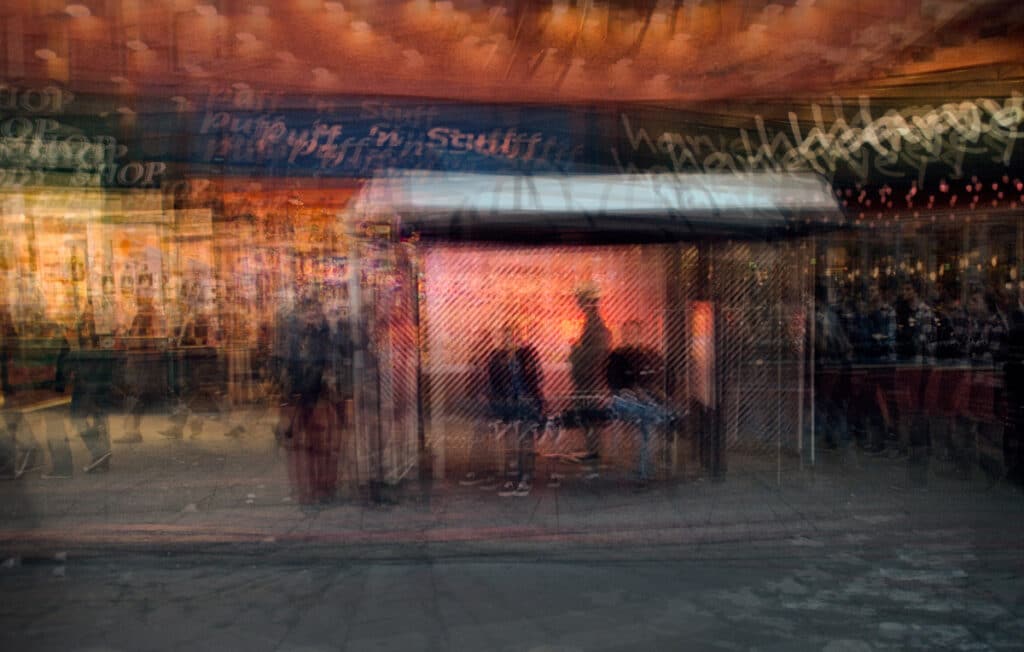
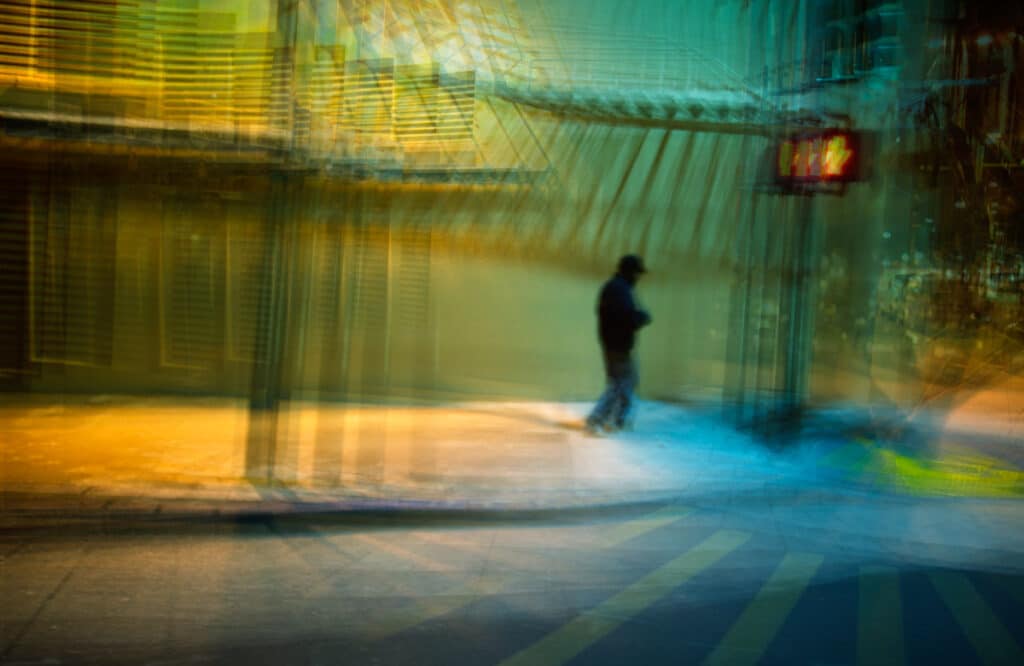
A side benefit of less than sharp images is that, with the right upsampling algorithm, you can print them as large as you want. They never seem to break up.
Here are some images that, while not deliberately unsharp, would not be materially improved were they sharper:
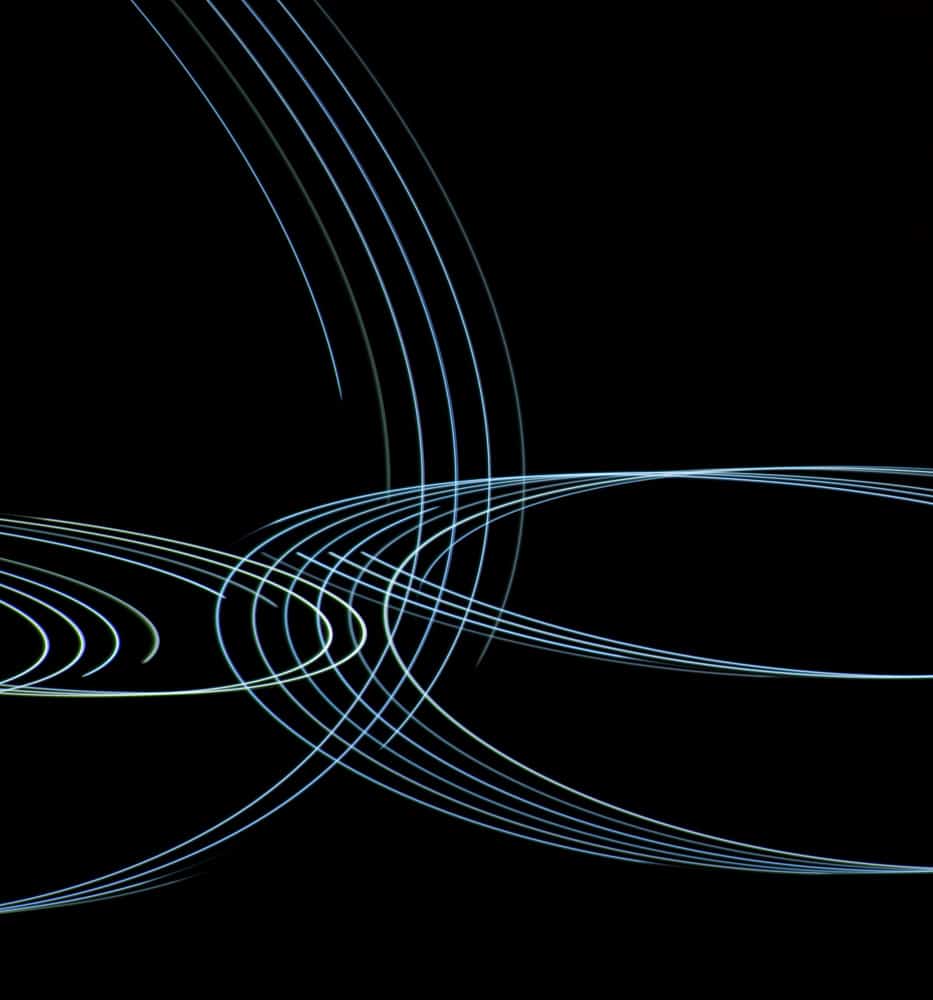
The last image deserves a bit of attention. It is of a subject that usually cries out for sharpness. It was made about 17 years ago, using a Hasselblad 503, the 500/8 Apo lens, and Portra — for you youngsters, that’s a kind of film. The 500/8 Apo isn’t the sharpest lens in the world, and the combination of it and the 6×6 neg produced an image whose sharpness a GFX 100 user might sneer at. Yet the image works, even at 20×20 inches. The important impediment to making a big print of this image is the film grain. Portra was a fine-grain film, but our standards for image smoothness are much higher in the digital era, and I’ve had to filter out the worst of the grain.
Even if you are not as hard over as the chap I quoted at the beginning of this post, I urge you to not overemphasize sharpness in your images. There is a place for sharpness, but it’s got to serve the needs of the image to be worthwhile.
I fear that I have inadvertently furthered an over-emphasis on sharpness when I do camera and lens testing in this blog. Sharpness is a significant metric for both cameras and lenses, and I often spend quite a bit of time and digital ink on sharpness testing. It seems that some people are valuing sharpness and oversharpening for its own sake. Consider this post a small partial amelioration.

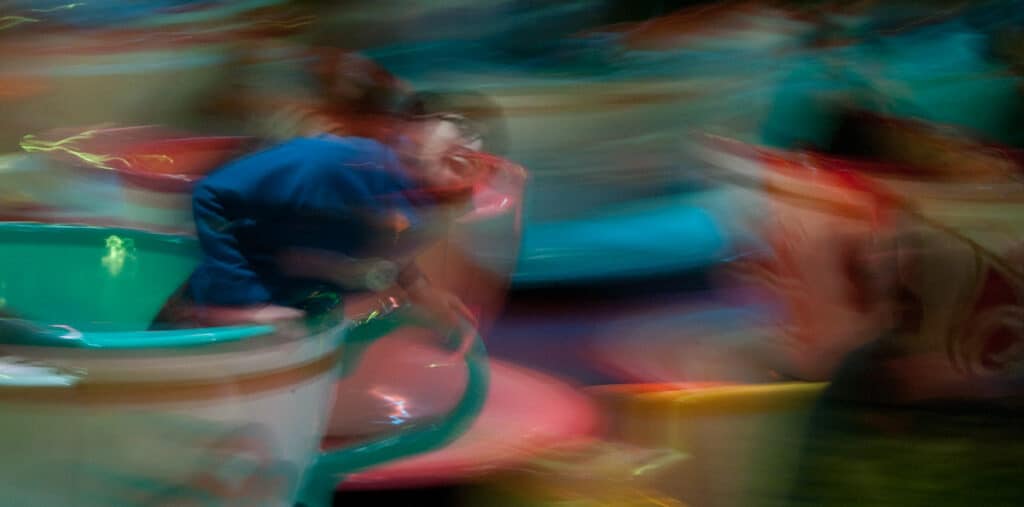
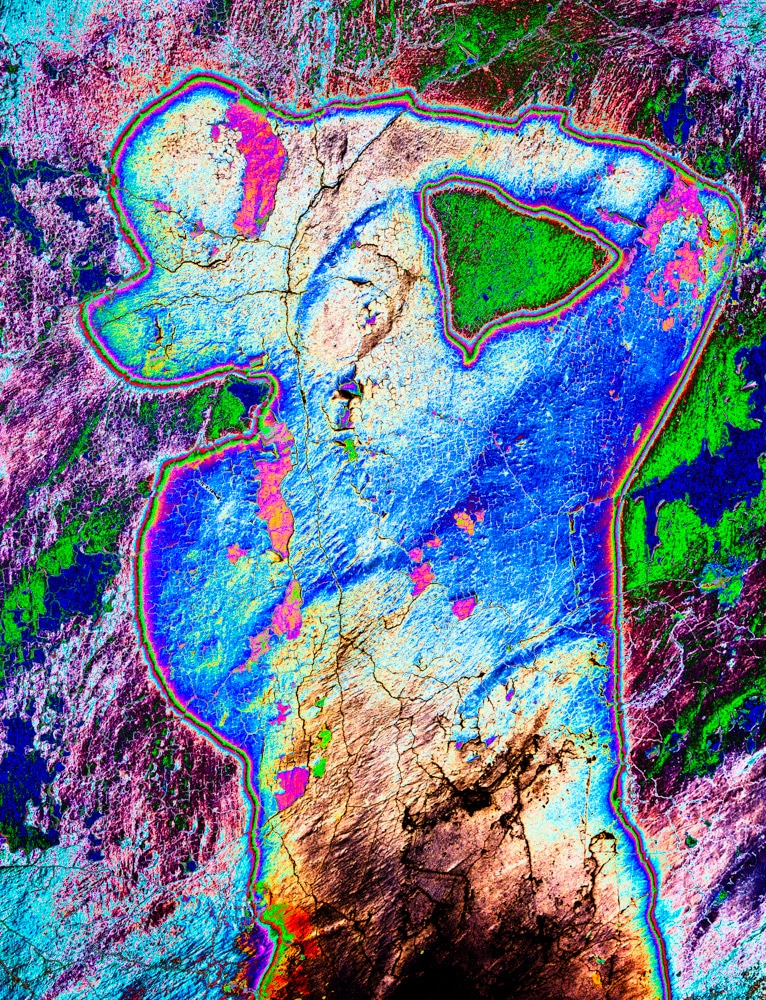
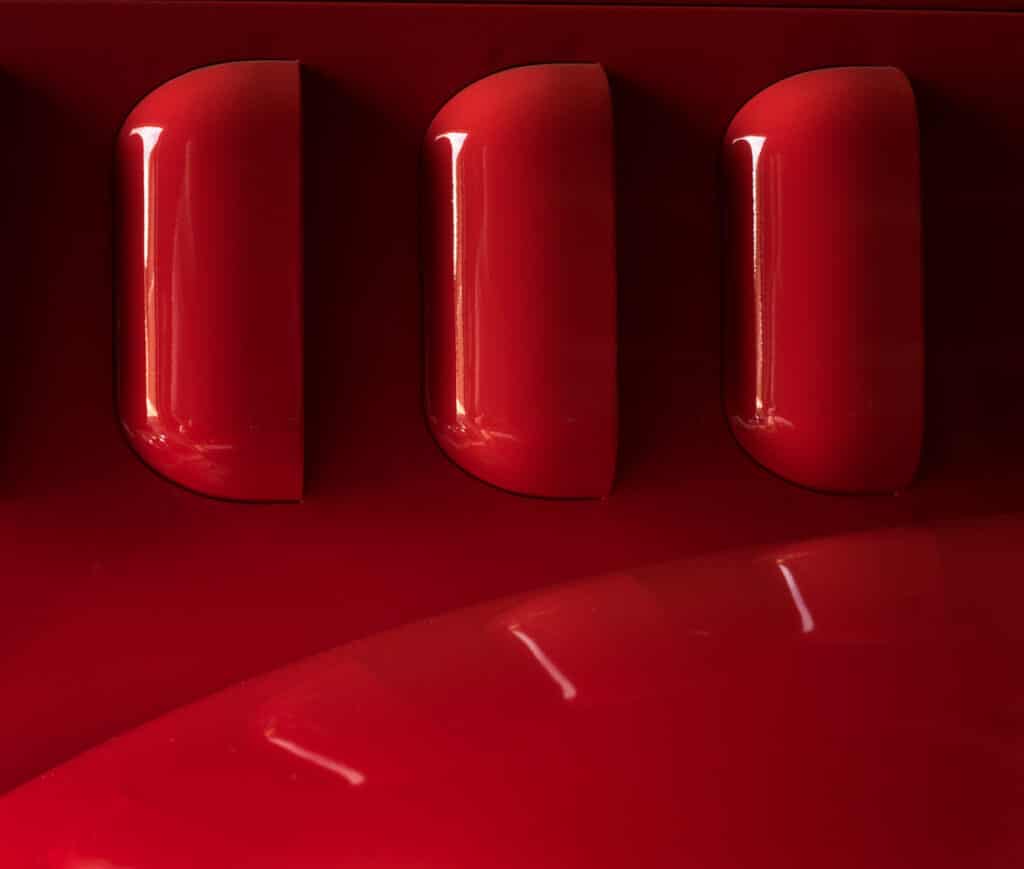

Mike Nelson Pedde says
Touché.
Mike.
christefr says
There are different types of unsharpness, some good and some bad. Some generally bad ones are sometimes good for the picture.
Horses for courses. I often turn down clarity on Capture One on portraits, but that is not unsharp, even if some people would call it that. I often turn up clarity on Capture One on architectural pictures that are sharp.
Dave says
I think it’s just many netizens prioritizing detail over the main body of expression. Sometimes the sum of its parts can be distracting to the whole. Fortunately, in the real world, I don’t think the majority analyze sharpness.
Look at cinema, the images are well resolved with the world’s best lenses, but sharpness is intentionally muted for a more cohesive, coherent look. The details still quite there, they just don’t overpower the wholeness of the image.
I’m sure there is a technical metric for determining optimal sharpness, but it’s definitely more jarring when it’s overdone.
Perhaps it could be a fear of their images looking blurry to their peers with similar distorted perceptions? Akin to a women of a certain age putting on just too much Chanel No. 5 due to accepting each additional increment as a new standard without realizing there’s a tasteful limit on everything.
But I think like everything else, there will be a feedback response on the trend hive mind and it will rebalance itself…hopefully.
Eric Brody says
I confess I really like sharpness. I choose to cloak it in a desire for detail, be it in the landscape or in a macro of a flower. As an old view camera user, I spent hours tilting and shifting to get my images sharp from front to back. Now I focus stack. It’s only been recently with a high resolution digital camera and some superb lenses that I have started to appreciate the value of having part of the image unsharp. It prevents the viewer from “running all over the image” to look for what’s important; an old principle for sure but valuable nonetheless.
christian schneider says
only those lacking creativity and artistic skills need to talk endlessly about sharpness and detail because they have nothing else to offer. also among professional photographers the level of tech talk is indirect proportional to the level of their work. you don’t even need to look up their website to find this out because it is always a 100 % match. talented photographer talk about light, light shaping, composition, mood, story… this is still what photography is about since the beginning and not technical aspects.
christian
nelson rocha says
Amen… well said !!
Erik Kaffehr says
On thing I consider, could it be too sharp?
On one side, a lens should really project a point as a point. I don’t think a lens can add sharpness on it’s own. Exotic cases in chip lithography may go beyond this…
On the other side, if the lens projects more detail than the sensor can handle, that will cause false detail. But, photographers seem to care little about false detail as long as it is monochrome.
Focusing too much on sharpness at the actual pixel level, we may miss sharpening at lower frequencies which may have a more important role.
Best regards
Erik
JimK says
The field projected by the lens onto the sensor can be too sharp if aliasing artifacts are a problem. I am not one of those who are not bothered by those artifacts. I think they can damage images.
Oskar Ojala says
Sharpness is interesting, sometimes wrong kind of unsharpness ruins an image, sometimes unsharpness is important to making the image. My own style is that of sharpness and clean lines, but for certain kinds of pictures I like to employ older, select lenses to produce a softer, less detailed look. And some photographers consistently produce great work that’s not all that sharp, but I’ve yet to see any formula or rule for when sharp or unsharp is good or bad.
Marc says
Very true, Jim. Good to remind us. Btw. I like your night images and the photographer with the hat a lot.
I am using modern but also vintage manual lenses and although sharpness is an attribute I value in most of my images, if I struggle with it then it is mostly the focus is not right (candid people shots) or camera shake.
And for landscape images I don’t mind if e.g. the forground is somewhat unsharp, IF it is a smooth unsharpness, i.e. I don’t like the busy unsharpness which I believe originates from astigmatism of a lens.
Best regards,
Marc
Phil says
“I fear that I have inadvertently furthered an over-emphasis on sharpness when I do camera and lens testing in this blog”
I don’t think you have. It’s also very useful to know if my camera & lens combination is performing as it should, so I am super grateful.